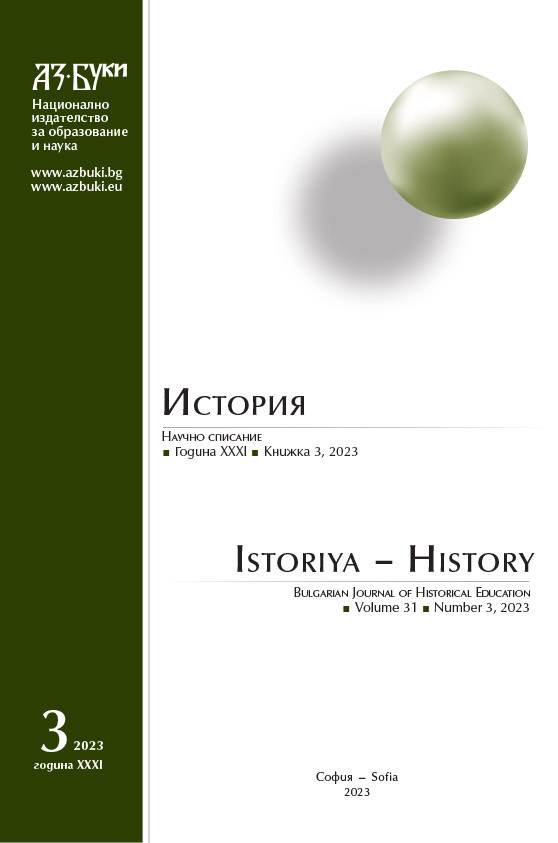
We kindly inform you that, as long as the subject affiliation of our 300.000+ articles is in progress, you might get unsufficient or no results on your third level or second level search. In this case, please broaden your search criteria.

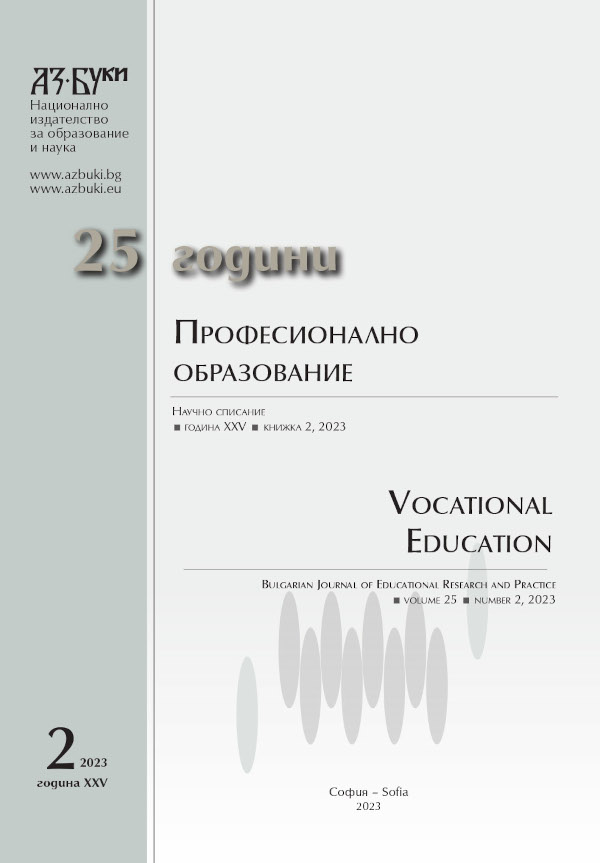
Under consideration is an operationalization of the Weintrop taxonomy of computational thinking through some test items from the competition papers of the “Chernorizets Hrabar” math tournament for primary school students. A didactic analysis was made on a sample of educational objectives that require certain activities classified as types of computational thinking in the taxonomy. Based on statistical processing of the students' achievements, conclusions are drawn about the possibilities of forming and developing certain types of computational thinking in the primary education. It is illustrated by examples how specific educational goals are related with corresponding computational thinking in different contexts. The benefit of early development of computational thinking in students for their potential realization in STEM professional fields is substantiated.
More...
Recently, in the field of education, there has been a serious problem associated with the motivation for learning among schoolchildren and students. This is evidenced by the statistics of surveys of teachers and parents, which are similar in that there is a tendency to reduce the motivation to acquire new knowledge among children and adolescents, which, as a result, leads to a decrease in the overall level of education and training of specialists in various fields. The text analyzes theories of motivation, the concept of gamification and the principles of its use in the learning process are explored, as well as the relationship between motivation for learning and the gamification of the process. The author attemps to identify the main motivation theories and suggests options for using them in the development of software products for schools and higher educational institutions.
More...
The dynamic development of the processes, which are realized in the modern societies – the diversity in the adolescent generations, the entering mass digitalization, the increased demands of the employers for knowledgeable, capable and experienced personnel, create serious challenges for the educational system and in particular for the higher education. In this environment, it is also necessary to rethink teaching methods in order to improve them.
More...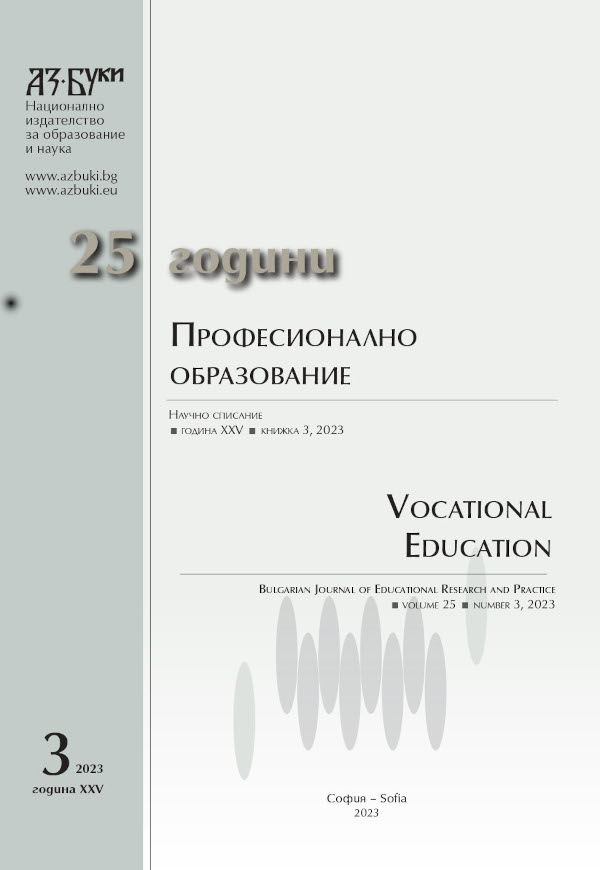
The model by which the most prominent social media operate has its non-sufficiencies, and they have been clearly visible in recent years. Technological innovations provide an opportunity for new decentralised models of social media to avoid the problems associated with centralised data storage and moderation.
More...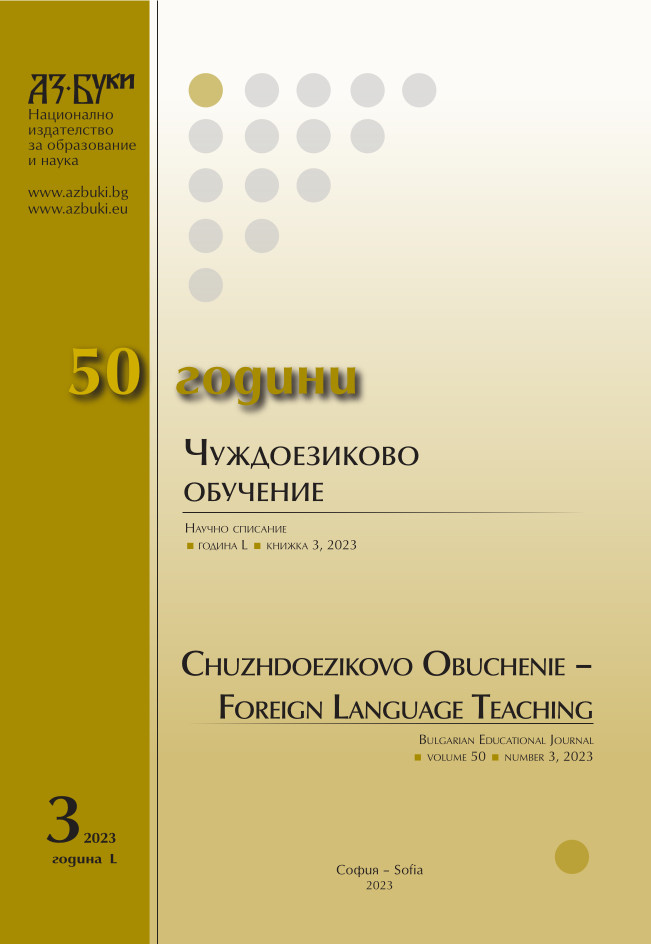
This paper focuses on morphological patterns of logistics term formation in English and Bulgarian terminology concentrating mainly on derivation. The analysis and conclusions reached relate to a detailed exploration into the English and Bulgarian logistics terminological systems with regard to the tendencies in their development. It applies a comparative approach on the basis of the principles of synchronicity and systematicity when relating English terms to their Bulgarian equivalents and discusses the meanings of the most productive prefixes and suffixes recurrent in them. The findings can be relevant when teaching English for Logistics.
More...
The paper discusses the phenomenon of enantiosemy in linguistics – its nature, appearance and belonging to one of the following groups: polysemy, homonymy or antonymy. The enantiosemy theme has been in the scope of linguists for more than century and a half. At the beginning it was believed that this phenomenon could be examined only in Slavic languages, because some of the first findings for it were in Russian, Chech and Bulgarian. Nowadays enantiosemy examples are excerpted in French, German, English and other non – Slavic languages. It is an attempt to classify different research approaches and to describe a new type of enantiosemy, from a contrastive perspective, which in this paper is called affixal enantiosemy. In accordance with a certain context, the affixal enantiosemy clarifies the semantics of the affix which is part of a lexeme.
More...
The purpose of the study is to resolve the issue of whether there are difficulties of the Russian language that are common to different categories of learners of this language. Research methods are identification and comparative analysis of deviations from the norms in the use of nouns and noun phrases. The material of the study is data from observations of oral speech, written works, transcripts of recordings of stories based on pictures. The objects of analysis are the facts of deviations from the norms in the use of nouns and noun phrases in the speech of foreigners who study Russian as a second language, Russian-German bilinguals at the age of 10-15 years, Russian monolinguals at the age of 10 – 15 years. As a result of the study, the most typical similar grammatical errors were identified, indicating the general difficulties of the Russian language: the replacement of some case forms by others, the replacement of some forms by others within the same case, the replacement of prepositions, the mixing of possessive pronouns, violations of the agreement between the main and dependent words. The study has confirmed the hypothesis that there are common difficulties of the Russian language, which do not depend on the native language of students and are due to the structural diversity of the grammatical phenomena of the Russian language.
More...
The paper presents the main characteristics of the so-called reading comprehension. Analysed are the problems and deficiencies in teaching literature. Well known reading comprehension strategies are interpreted. The paper analyses the results from a representative study of the reading comprehension skills of students in the third grade. The author suggests ideas for the optimization of the methods for developing reading techniques, skills for understanding fiction and non-fiction texts, and for stimulating learners’ interest in books and reading. Various extracurricular activities are also recommended.
More...
French language teaching at university is celebrating its centenary in Slovakia. The Romance Seminary (now the Department of Romance Studies) in the Faculty of Arts at Comenius University in Bratislava was set up in March 1923 as one of the first language departments in Slovakia, and French has been taught there without interruption to the present day. The creation of the Seminary also had an important cultural impact: Slovakia, which was part of inter-war Czechoslovakia, joined the French-speaking countries of Central and Eastern Europe (such as Romania, Bulgaria and others) in the 1920s, where linguistic, but above all cultural and diplomatic relations with France played an essential role. The article examines the place of the Romance seminary in these cultural relations and traces the history of French studies: alongside professors at Czech universities, it was above all the French lector Léon Chollet, Anton Vantuch and Jozef Felix who made a substantial contribution to its development. Based mainly on archive documents and unpublished correspondence, the article focuses on these founding figures and reconstructs the main stages in the history of the Seminary between 1923 and 1974.
More...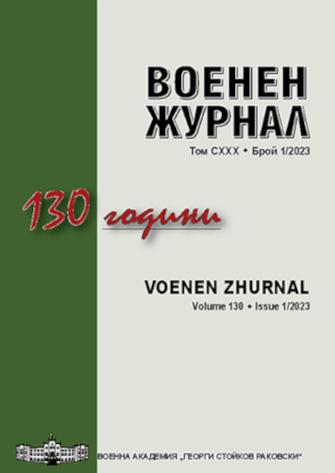

Romania entered in the war after the bombardments executed by the artillery from Vidin against Calafat. The same fortress was the target of the last part of the campaign of the Romanian army in Bulgaria. Vidin had a great importance in the history of the Bulgarian people during the Middle Ages, and later for the Ottoman Empire, who occupied it in 1396. Later on, the region of Vidin was involved in attempts of liberation of the country (the uprisings of 1841 and 1850). The massacres which followed in the Vidin region as well as in other part of Bulgaria after the rebellion of June 1876 were the pretext taken by Russia to start the war, in which Romania took part effectively from 16/28 July 1877. After the valuable participation at the siege of Plevna, the Romanian army received the mission to operate in the north-western Bulgaria. A Western Corps commanded by general Nicolae Haralambie was constituted for this purpose (Divisions 1, 4 and Reserve, and the 1st Brigade from 2nd Division). These forces arrived on 25 December 1877/January 1878 on the line Arcear – Belogradcik. Meanwhile, the Serbian army was too marching toward Vidin, but Prince Carol I rejected the proposed cooperation. A secondary action of the offensive against Vidin was the blockade of Belogradcik. The Romanian forces arrived near Vidin began the attacks against the redoubts on 29 December 1877/10 January 1878. The encirclement was completed on 11/23 January 1878, but the commander of the city Mehmet Izzet Pasha continued the resistance. In the second part of the operation, between 12/24 and 14/26 January 1878, the Romanian positions moved to a smaller distance toward the defences of the city. In the third part of the operation which began on 15/27 January 1878 The fortress was continuously bombarded by the batteries settled around it, and by those from Calafat, until the capitulation of 11/23 February, when a convention was signed with general Gheorghe Manu. Vidin entered under Romanian administration. The retreat of the Romanian troops from Vidin and Belogradcik was made in several stages until the first days of April 1878, they being replaced by the Russians. The liberation of Vidin was executed only by the Romanian forces. Romania had no intention to annex Vidin or the entire region of Timok, as some rumours pretended.
More...
Time of the national renaissance of the Balkan peoples, the 19th century represents also an important chapter in the history of Romanian-Bulgarian relations. The Bulgarian renaissance and the struggle for emancipation from Ottoman rule would not have been possible, beyond the involvement and help of great powers such as Russia, without the safe Heaven that Bulgarian revolutionaries and common people, cultural and political elites have found north of Danube. Cultural, military and political structures, schools, press and printing in Bulgarian appeared and flourished north of the Danube under the protection of the Romanian authorities. The present approach proposes an analysis of these developments and the impact they had on the Bulgarian national renaissance and the relations between the two states.
More...
Romanian participation in the Russo-Turkish War of 1877 – 1878 was manifested to the greatest extent in the high number of casualties near the town of Pleven in 1877. The Romanian attacks during the third assault on the city and the subsequent actions for its liberation remain memorable. With memorial signs and museums Bulgaria and Romania honor and preserve the memory of the heroes who, with their blood, won the victory of Pleven and contributed to Romanian independence and Bulgarian freedom.
More...
The report examines aspects of Bulgarian-Romanian relations during the Bulgarian Renaissance and the use of the territory of Romania as a base for Bulgarian revolutionary movements against Ottoman slavery.
More...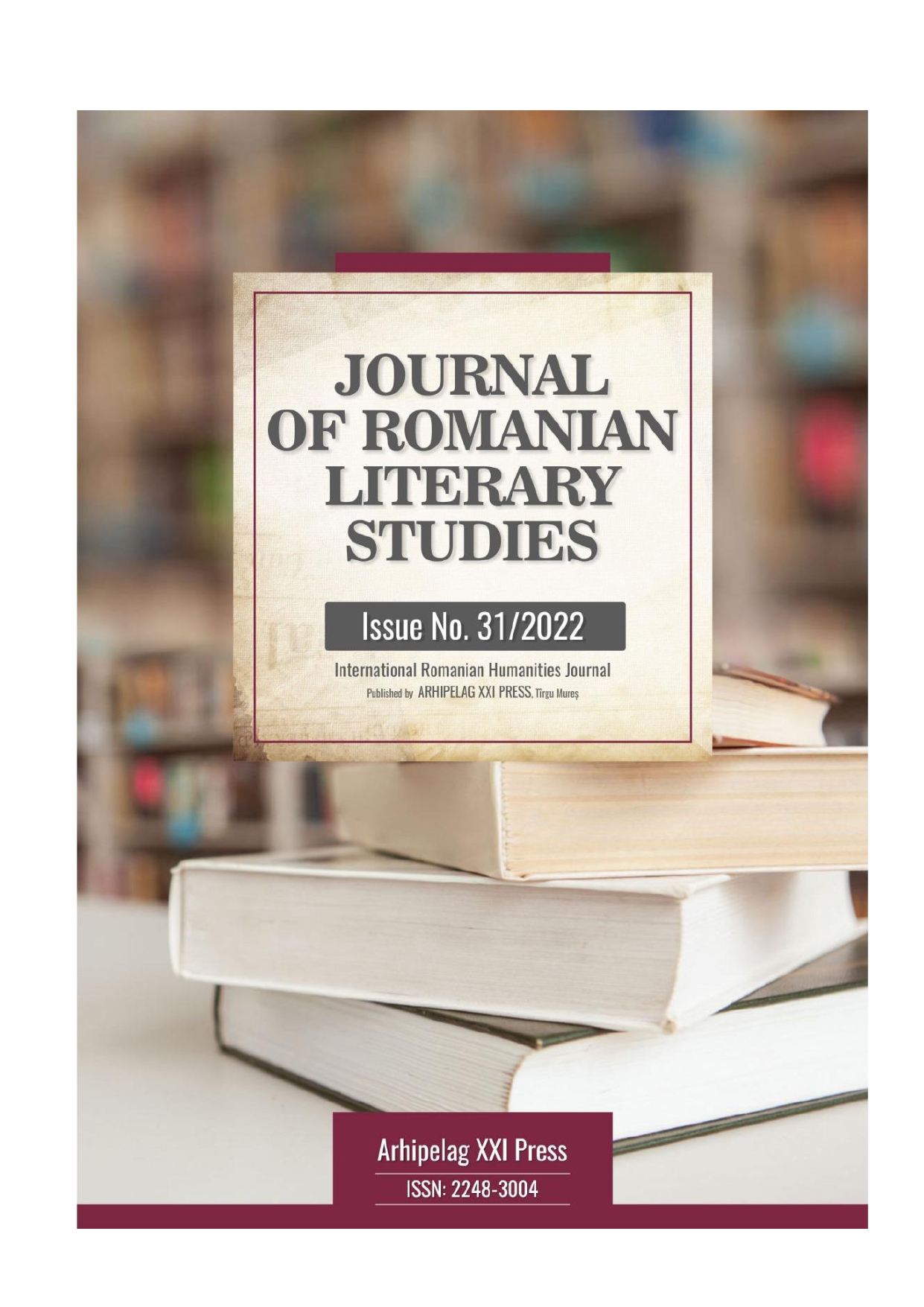
The article considers the issue of research on the socialization of children with autism spectrum disorder (ASD). The socialization of people with ASD is a very difficult issue, this is confirmed by studies in the West that only 15% of this category can be independent, but still the presence of support is needed. There is insufficient research on this issue in the specialized literature. The results of the own research are presented and the main directions of psychopedagogical interventions are included, containing the activity with children, parents and teachers.
More...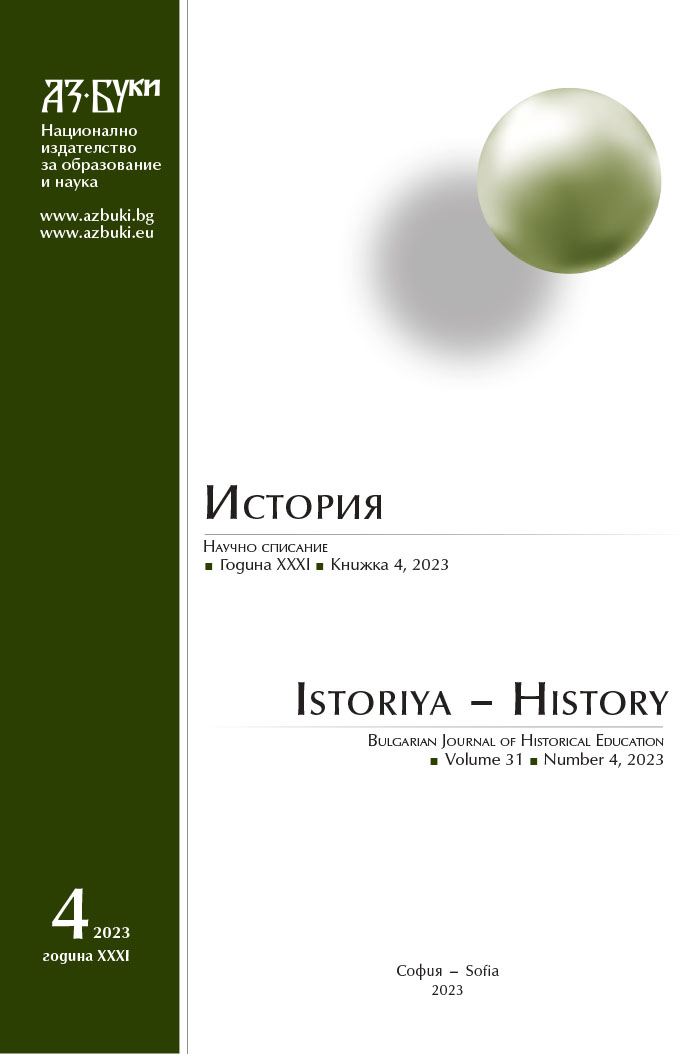
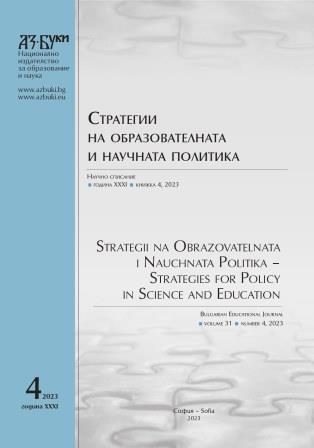
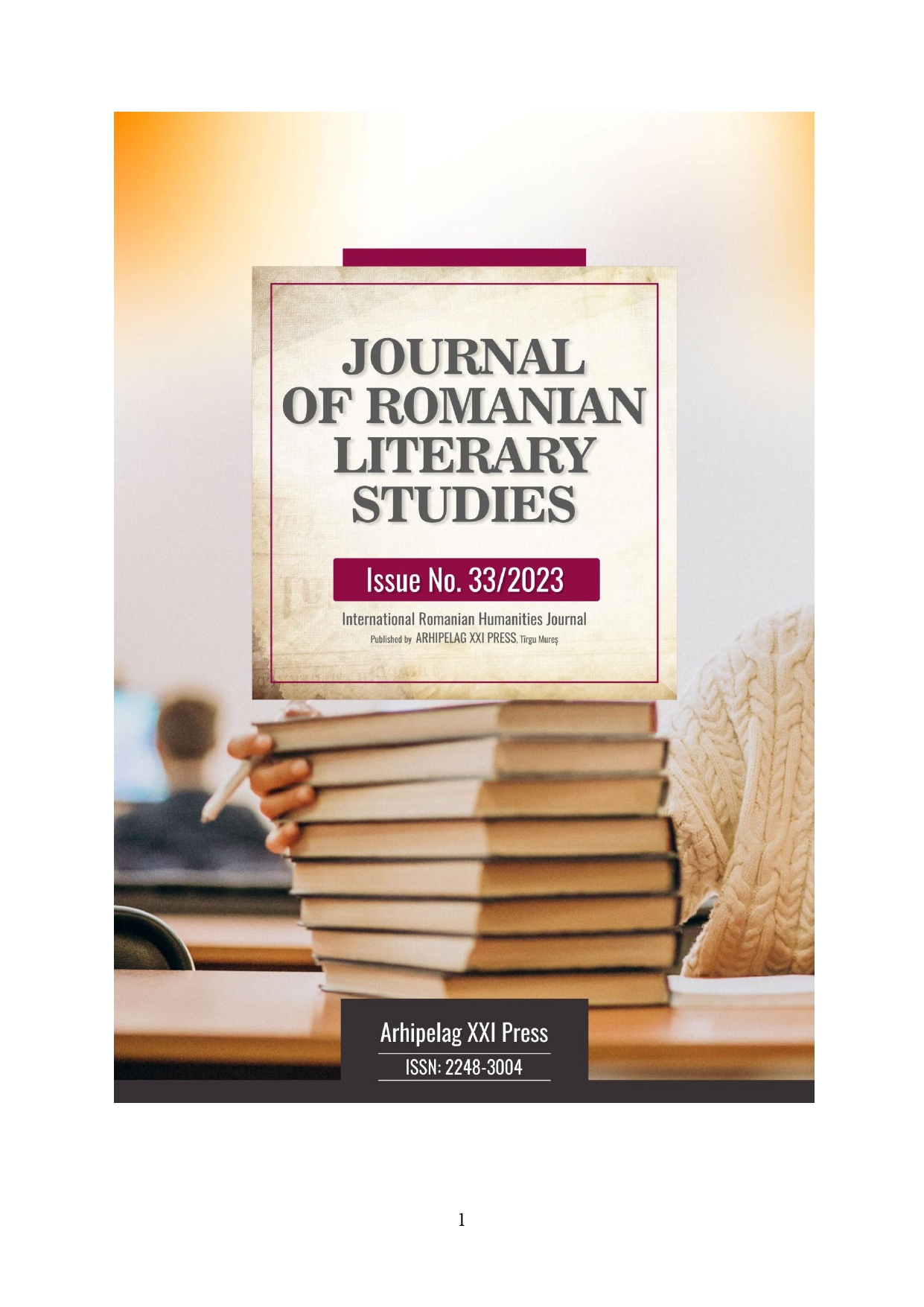
In between the cultural and the intercultural there can be possible and, at the same time, real interactions and metamorphoses. We believe this to be true, and these can be transformed, in most of the time, in different forms and modalities. Culture is the one auctioning through the intervention of both the values and norms of some individuals, but mostly of humanity. Its contribution is unlimited in space and time to what the forming and development of human personality means.
More...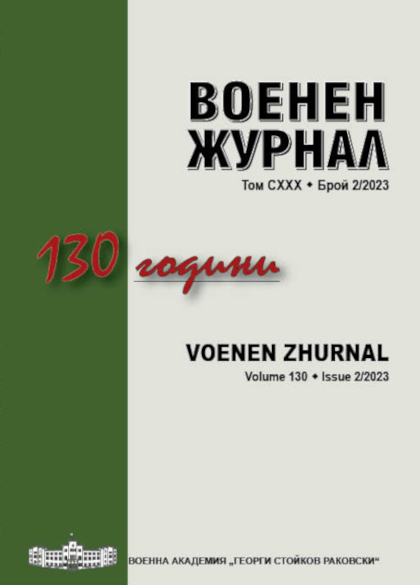
Quality control is becoming increasingly important as an essential component of the effective functionality of the aviation security system in an increasingly complex, uncertain and dynamic international environment. Notwithstanding the established normative regulation in the field of civil aviation security, monitoring activities show significant deficiencies and inadequate implementation of security measures. The reasons for these results are mainly rooted in the human factor. The integration of control measures into the corporate culture of security, related to the attitude in the behavior of the whole organization towards the importance of aviation security and the responsibility of the human factor will provide a proactive response to ever changing and difficult to predict threats.
More...